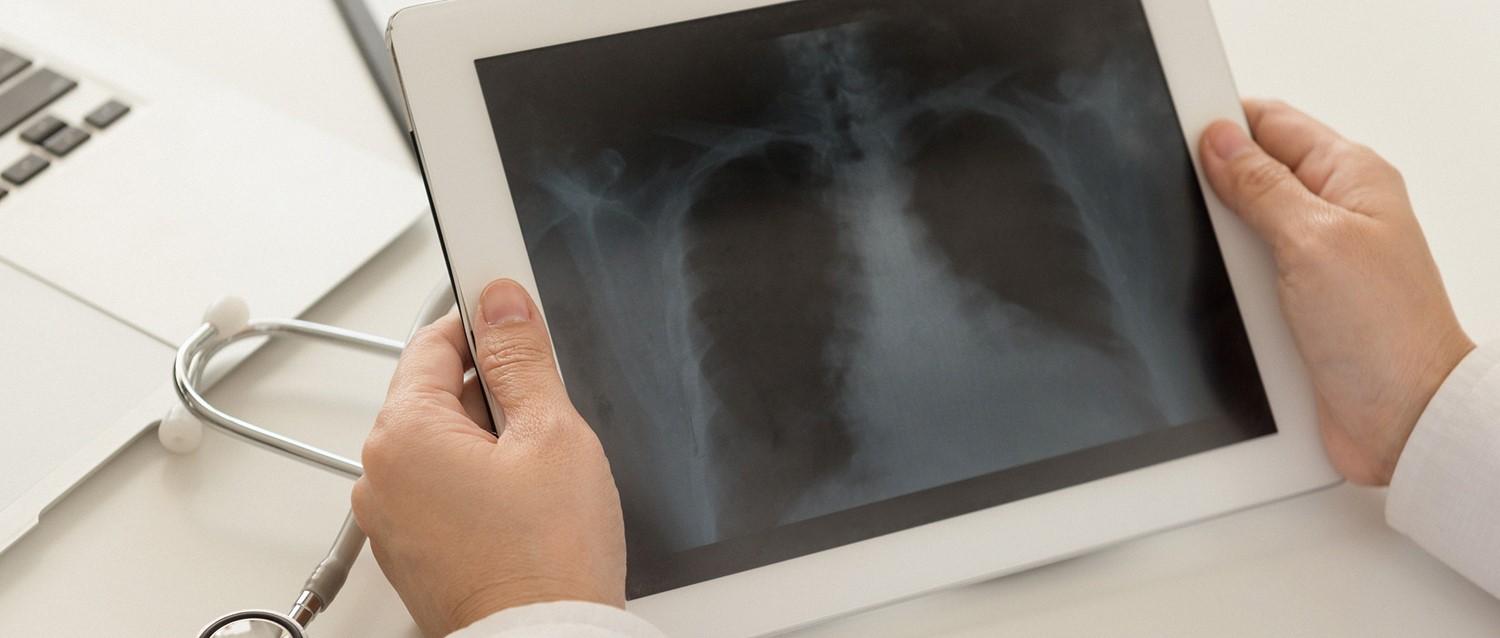
How to manage COPD during winter
Peer reviewed by Dr Colin Tidy, MRCGPLast updated by Lynn StephenLast updated 14 Nov 2025
Meets Patient’s editorial guidelines
- DownloadDownload
- Share
- Language
- Discussion
COPD is a result of narrowing, damage, or inflammation of the lungs. It is mostly commonly caused by smoking. However, 20% of people with COPD have never smoked. The condition can be managed with medicine and lifestyle changes, but it's important to know how to manage flare-ups when extreme temperatures hit and your body becomes more susceptible to infections.
In this article:
Continue reading below
How does COPD affect people day-to-day?
COPD stands for chronic obstructive pulmonary disease. COPD represents a group of lung conditions that cause breathing difficulties. COPD includes damage to the small air sacs in the lungs (emphysema) and long-term airway inflammation (chronic bronchitis).
Dr Sameer Sanghvi, GP and Clinical Technology Lead at Lloyds Online Doctor, says common symptoms of COPD include shortness of breath, persistent coughs with phlegm and frequent chest infections.
"Day-to-day, people with COPD are likely to have difficulty breathing, especially during physical activity, and may experience persistent wheezing," he says.
"Whilst occasionally getting out of breath is normal and healthy for many of us, persistently getting breathless from normal tasks such as walking up the stairs or hoovering is a signal that something isn't quite right."
However, Sanghvi explains how, unfortunately, many people with COPD aren't diagnosed until the later stages of the disease, or they're simply not diagnosed at all. That's despite the fact that millions of people live with COPD across the country.
Worldwide, in fact, COPD is an underdiagnosed condition, despite being the third leading cause of mortality. 50-90% of the disease burden remains undiagnosed. Leaving COPD undiagnosed, and therefore untreated, can cause the condition to progress faster, leading to heart problems and respiratory infections.
Can COPD get worse during winter, and how?
Sanghvi says COPD can be triggered by extreme forms of weather. This includes the heat and cold.
He explains that in the winter, cold and dry air can cause flare-ups. Temperatures below 3°C are particularly dangerous for people with COPD. This is because, when temperatures drop, your body has to work even harder to keep you warm.
Sanghvi adds: "In the extreme cold, your blood vessels begin to narrow. This restricts blood flow and deprives your heart of oxygen. That means your lungs have to work harder to provide oxygen through the bloodstream. This then adds even more pressure to the long-term symptoms that people with COPD experience."
During winter, people with COPD may notice that their symptoms worsen in response to the weather. It is thought that it is twice as likely for COPD symptoms to worsen during winter than in other seasons. The trigger of winter means that flare-ups are more common.
Continue reading below
What are the signs of a COPD flare-up?
Signs that you might be having a flare-up include:
Sanghvi says that some flare-ups can be managed at home, but others may need immediate hospital attention.
How can you manage your COPD during the colder months?
Sanghvi recommends covering your nose and mouth with a scarf or mask when you go out in winter time. This can help to warm the air before it reaches your airways. He also advises staying inside and avoiding strenuous activities where possible. This helps to minimise your exposure to dry air and reduce the chance of a flare-up. However, it is important not to avoid exercise altogether - this can worsen COPD symptoms.
Infections can also trigger flare-ups, so it's important to practise a healthy lifestyle. Wash your hands often and avoid crowded spaces. While you shouldn't isolate yourself during winter, you should be wise about where you go and practise good hygiene to keep germs at bay. This can help you avoid catching any other illnesses, since colds, flu, and pneumonia can all cause exacerbations of COPD.
Some other tips for managing your COPD this winter
These include:
Take care of your overall health - this includes getting plenty of sleep, drinking enough water and eating a balanced diet. It's particularly important to get enough protein and calcium in your diet if you have COPD.
Quit smoking. While COPD is not always caused by smoking - even people who have never smoked can develop COPD - it is a major risk factor.
Don't panic and do stick to your plan - if you have your COPD under control and already have a plan in place arranged with doctors, you will be less susceptible to catching infections. Continue to take any medicine you have been prescribed, use your inhaler and consult your doctor for advice on managing your symptoms.
Get your vaccines. If you have COPD, you're much more susceptible to becoming seriously unwell if you get a chest infection. You'll need to get an NHS flu vaccination every year for best protection. You should also make sure you've had an immunisation against pneumococcal disease, which can cause severe illness, including pneumonia - you just need one of these.
Exercise indoors - while working out can greatly improve both your overall and your lung health, it may be best to do this indoors. COPD patients are strongly encouraged to exercise, but the cold weather can make this uncomfortable - or even impossible - outside. If you're able to, exercise at home or at a gym. If not, warm up indoors for 15-20 minutes before exercising outdoors.
Avoid wood-burning stoves or fires - these can cause a COPD flare-up since people are more vulnerable to smoke-related health problems. Exposing yourself to smoke can irritate your airways, but especially when combined with cold, dry air in winter.
Continue reading below
Where can you find support and medical advice on managing COPD?
You should consult your doctor if you are concerned about your COPD or want medical advice on managing it better. The British Lung Foundation (BLF) also has lots of support and resources for people living with COPD.
Patient picks for COPD

Chest and lungs
How to live healthily with COPD
In the UK, 1.2 million people are affected by chronic obstructive pulmonary disease (COPD) - the name for a group of lung conditions that cause breathing difficulties. COPD can make it harder for people to do the activities they love. However, there are ways you can live a full, healthy life with COPD.
by Victoria Raw

Chest and lungs
Chronic obstructive pulmonary disease
Chronic obstructive pulmonary disease (COPD) is a long-term condition of the lungs where the flow of air to the lungs is obstructed. Symptoms include cough and breathlessness. The condition is most often caused by smoking and the most important treatment is to stop smoking. Inhalers are commonly used to ease symptoms. Other treatments such as steroids, antibiotics, oxygen, and mucus-thinning (mucolytic) medicines are sometimes prescribed in more severe cases, or during a flare-up (exacerbation) of symptoms.
by Dr Toni Hazell, MRCGP
Continue reading below
Article history
The information on this page is peer reviewed by qualified clinicians.
Next review due: 14 Nov 2028
14 Nov 2025 | Latest version
18 Nov 2021 | Originally published
Authored by:
Emily Jane Bashforth

Ask, share, connect.
Browse discussions, ask questions, and share experiences across hundreds of health topics.

Feeling unwell?
Assess your symptoms online for free